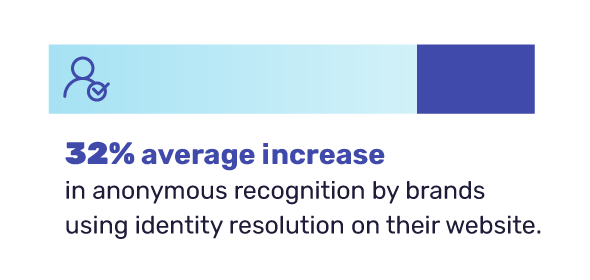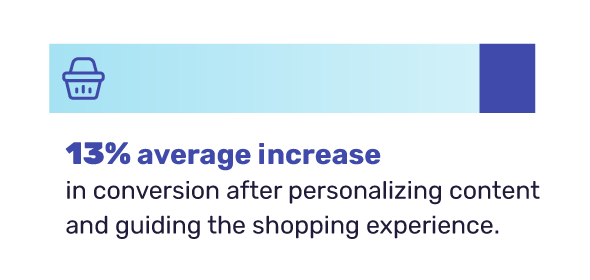Identity resolution is the ability to recognize an individual person, in real-time, by connecting various identifiers from their digital interactions. ID res matches these identifiers across devices and touchpoints to create a single customer profile.
For instance, a prospective customer could be engaging with your brand on their phone, as well as their desktop, and their tablet.
They could sign into an account they hold with you, or they could engage as a guest.
Or, they may read your newsletter, engage with you on social media, and purchase from your website.
Identity resolution links all of these interactions to the real person who’s engaging.
By linking all of these separate interactions to a single person, you’re able to get a more complete view of their engagement with your brand—and create more personalized experiences.
But it’s not just about the device or the person identifier. True identity resolution goes beyond devices to recognize and understand the person in real time, in the moments that really matter.
Single customer view, achieved.
Deterministic identity resolution vs. probabilistic resolution
What’s the difference between deterministic and probabilistic identity resolution? It’s a matter of how confident you are in the data matching.
Deterministic matching is based on what you know to be true. There are no assumptions or inferences involved about who someone is or what identifiers belong to them. Deterministic identity resolution therefore offers a high degree of confidence that you’ve resolved the right data to each customer profile.
Probabilistic matching is based on what you predict to be true, based on predictive modeling. With probabilistic identity resolution, you will have varying levels of statistical confidence, based on which models have been used in the process.
For marketers, the main tradeoff between these two methods is accuracy versus scale. Deterministic identity resolution offers high accuracy, but you sacrifice a bit of scale.
Probabilistic identity resolution allows you to reach a lot of people, but you sacrifice accuracy—they may not be the people you want to reach.




